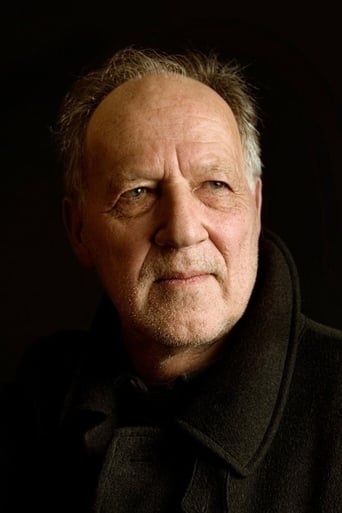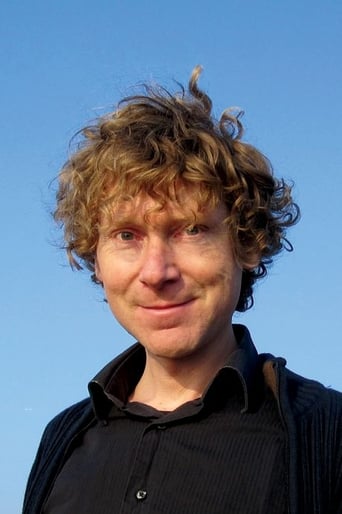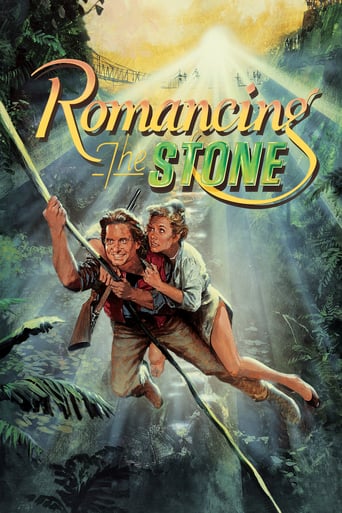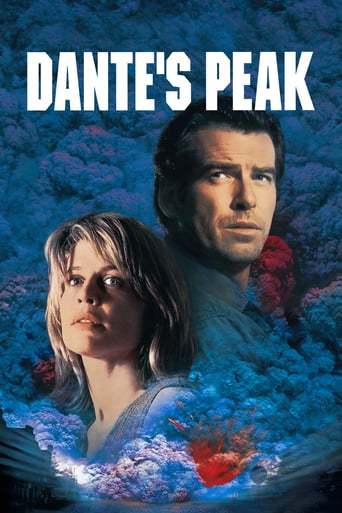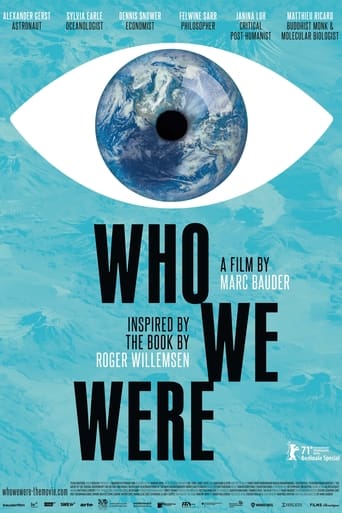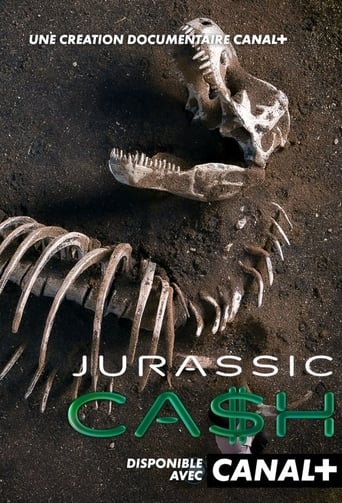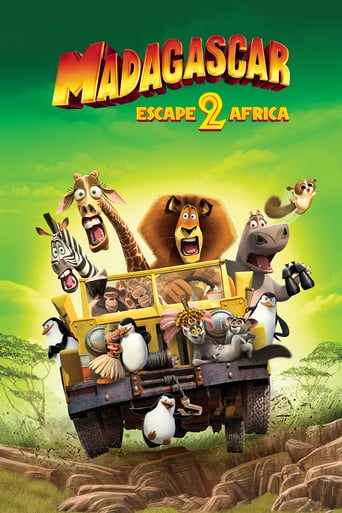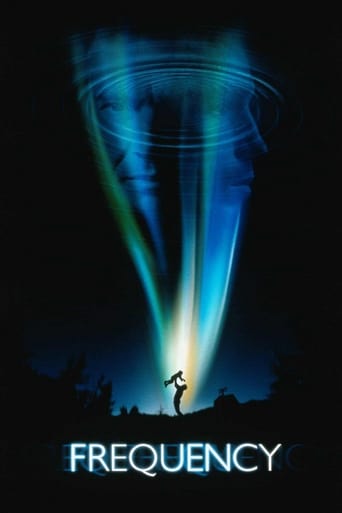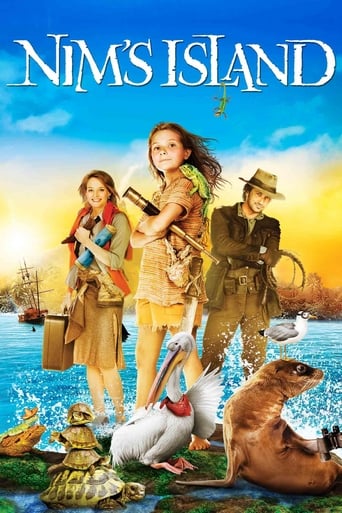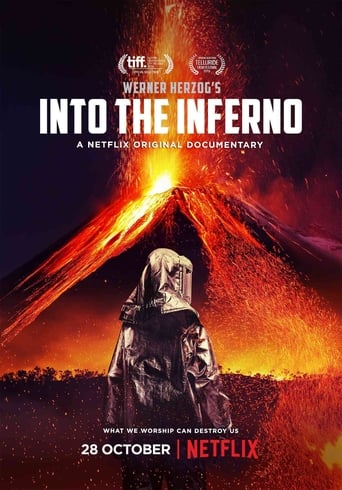
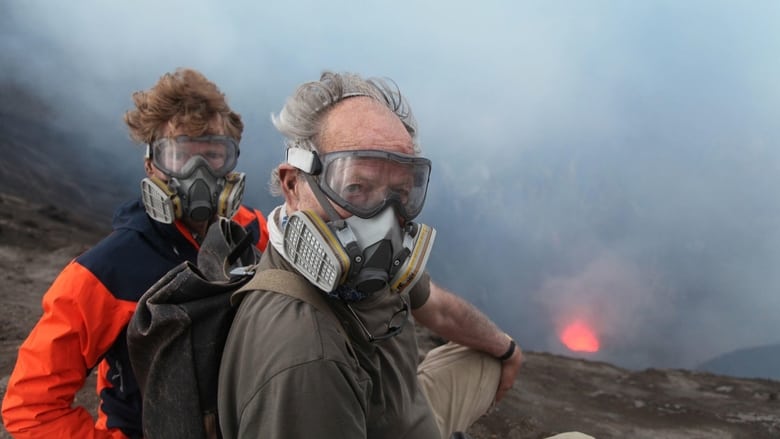
Into the Inferno (2016)
With stunning views of eruptions and lava flows, Werner Herzog captures the raw power of volcanoes and their ties to indigenous spiritual practices.
Watch Trailer
Cast


Similar titles
Reviews
The first, but definitely not the last, documentary by Werner Herzog that I've seen, 'Into the Inferno' is a movie about volcanoes and the attitudes and beliefs people have toward them.For a documentary, the film isn't particularly informative. It's an art film, like you'd expect from Herzog. Most of all, it includes mesmerizingly beautiful footage of volcanoes. The sights feel otherworldly, chthonic, dreamlike: the red blood of the earth that flows from unfathomable depths.We are introduced to the volcanologist Clive Oppenheimer that Herzog met in Antarctica working on another documentary film of his. Together the two men traverse Indonesia, Africa, Iceland and even North Korea looking at volcanoes and interviewing people who live in their vicinity. The elements of science and religion are constantly intertwining. In addition to learning about prehistoric eruptions and various seismographic trinkets, we get introduced to cargo cults, ancestral spirits, doomsday prophecies and political cults of personality.Very interesting and thoughtful film. There are some very unexpected detours in the narrative: Herzog takes us where opportunity presents itself, not always focusing on the volcano theme but instead looking at paleonthology or the effects of propaganda on the human psyche.
Loved this documentary! Always a fan of Herzog...but if I was going to give a criticism....don't do subtitles where it's not needed! That seismologists English was well beyond most hillbilly/trailer trash!! Felt a bit condescending to be honest! Other than that, good doc! I don't think that that was intended, but it needs to be mentioned!
Werner Herzog is a captivating man who has grand pursuits and a varied set of interests. He has made many films since his breakout hit, "Aguirre, the Wrath of God," in 1972, and all of them have either been exceptionally interesting, complex, fantastical, or illuminating in nature. Herzog makes both fiction and non-fiction films that deal with issues as diverse as colonialism, the savageness of the wilderness, ecological disasters, opera, and ski flying. With his newest film for Netflix, Herzog once again shows us that fascination is an oft neglected but empowering feeling that can be applied to numerous aspects of life. He starts us off with the topic of volcanoes, but he becomes much more fascinated with humankind at large, evidenced by his own reticence to even get close to a volcano.Herzog reels us in with the help of Clive Oppenheimer, a Cambridge University volcanologist that he had previously worked with in the documentary, "Encounters at the End of the World," which was a film about Antarctica. Oppenheimer is a playfully compelling, if timid, guide into the world of volcanoes. He and Herzog travel the world and study volcanoes in Indonesia, Iceland, North Korea, and Ethiopia. At each of these junctures, the cultural importance of the volcano is made the fixture of the film, rather than focusing on hard science. The peoples of these regions all seem to be in awe of volcanoes, and either have a deep fear or respect for what it's capable of. In Ethiopia, a nearby volcano is the key to finding fossils of Paleolithic hominids, the rarest of human fossils. In North Korea the region's fierce patriotism is linked with its local volcano where the leaders Kim Il-sung and Kim Jong-Il once stood, proudly displaying to their nation that they were strong and resilient in the face of outside vitriol.Though some of these excursions seem to undercut the fact that this is a film about volcanoes, this film never bores its audience. Between the panoramic shots of tropical foliage and the drone sequences that pan across villages and volcanoes alike, this is a feast for the eyes. There's a great contrast between the beauty of these regions and the oft-confusing shots of the magma that these ruptures expound with horrifying regularity. The inner regions of volcanoes look both like fire and water, and the magma often looks pitifully tame when it moves slowly down a mountainside, though it is actually a most dangerous force that will destroy all in its path. Herzog talks a bit about a couple who were volcanic photographers and were eventually killed by a fast moving cloud of volcanic ash (at 100 mph). While this tidbit is unprompted, it proves to be yet another interesting facet of these quaking mountaintops. Herzog finds many ways to look at these geographic forces, which can be seen as either benevolent or destructive in power.
You might think that this is a documentary about volcanoes in which case you wouldn't be wrong. However you have to keep in mind that this is a Werner Herzog documentary about volcanoes. Herzog is not so much interested in the facts about volcanoes (I'm sure he'd tell you to read a book if you want facts) but what volcanoes can tell us about ourselves and about us as a species. So how does he do it, you might ask. Herzog reaches very far back, very far, in fact right back to the dawn of man – through an archaeological expedition in Ethiopia that aims to uncover a complete skeleton of such an ancient human beneath the blazing sand. And indeed Herzog captures something prehistoric with this documentary; amidst our digital age which often tricks us to believe we've conquered nature, he renders man once again so incredibly small and fragile against the (in contrast) everlasting thermal forces of the earth. Herzog explores this feeling of impuissance by traveling to tribal communities in the Pacific and by exploring the state of North Korea and the oppressive, propagandistic cult around their leaders (with some at times truly fantastic footage, you have to keep in mind that it's almost impossible to get a permit to film there). In both communities a volcano plays an important role and Herzog expresses multiple times his interest in how volcanoes "create new gods", once again questioning the permanence of our culture which we so often take for granted. In the end what makes this movie so special is that it's surprisingly contemporary despite being about a phenomenon (volcanos) that is almost as old as the earth itself and that Herzog found new ways to once again render the Vanitas motif from medieval times vividly alive. Herzog reminds us that even today with all out technological progress, we are still small, fragile animals against the mighty forces of nature. Memento Mori, they said in the Middle Ages, remember that you have to die. Some have commented that the film is really shattered; however I'd argue that it's actually really focused on its theme. Don't expect my review to follow the film chronologically though, it takes it's very own spins and turns. And don't expect the film to be sad, it's actually quite witty and filled with funny ironies. Likewise it assembles a large array of different great and fascinating footage from all around the world. However I'd still like to leave you with a famous old poem from one of Herzog's fellow countrymen (which I'm convinced he knows as well), here's Friedrich Hölderlin's "Hyperion's Song of Fate" (be sure to read it in its original German form if you speak the language):Up there you walk through the light on delicate grounds, Elysian Spirits! Shimmering breezes of Gods touch you as softly as the hand of the harpist touches her sacrosanct strings.Unencumbered by fate, like a slumbering newborn, are breathing the heavenly dwellers; chastely protected by a bud unassuming flowers for them eternal the spirit and their hallow'd eyes shine in serene clearness forever.But to us it was given never and nowhere to rest: we suffering humans vanishing, falling blindly from one hour to the next are thrown like the water cliff down to cliff, yearlong into the unknown abyss.


